The Life Of Buddha Narrated In Traditional Thangka Paintings
The thangka paintings of the Life of Buddha narrates the most relevant episodes of the life of Siddhartha known as the “Twelve Great Deeds of the Buddha’s Life”.
These artworks are not meant to be just an illustration of the main events of the historical Buddha, but they are considered to be a visual representation of several philosophical aspects of the Buddhism, especially the progress towards the achievement of spiritual enlightenment.
Using as a reference one of the most beautiful masterpiece in our collection, we will explore in this article the twelve topic events of the life of Siddhartha Gautama that can be divided in three distinct phases:
– His descent on earth, the birth and the young years as a prince.
– The realization of human suffering and his quest for a solution to overcome his suffering.
– The fulfillment of his search and his commitment to spend the rest of his life teaching others how to achieve enlightenment for themselves.
1. Buddha’s promise to descend on earth.
According to the Buddhist cosmogony the universe and all dimensions of the existence are divided in six different realms depicted in another important thangka painting: the Wheel of Life.
Before the Buddha was born into this world as Shakyamuni, he was a bodhisattva in the Tushita heaven, home of the contented gods.
As a prime example of bodhisatva, moved by compassion against the human realm, Buddha decides to manifest himself in this reality with the intention to teach the Dharma and save people from spiritual misery and suffering.
This episode is represented by the Buddha, surrounded by other divinities, making his promise holding a golden bowl (in some cases a lotus flower) symbol of the purity of his intention.
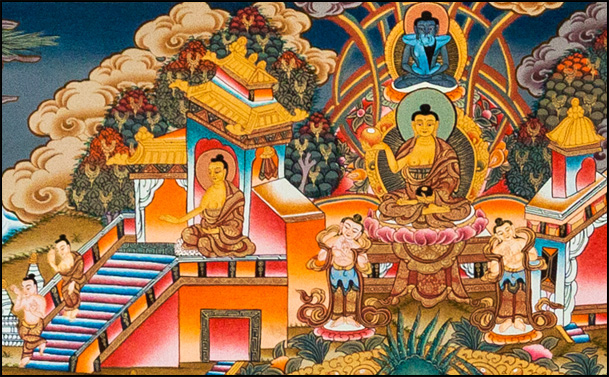
Buddha in heaven and his descent on earth
Thus, Buddha, looking down upon the sentient beings suffering and, in accordance with his bodhisattva status, decided to descend to the earth and spread the word of Dharma.
2. Mayadevi’s Dream.
Buddha’s descent to this world is represented by his mother, the princess Maya Devi, dreaming a white elephant.
The legend says that during one night of full moon, Maya Devi dreamed to be taken by four devas (spirits) to a lake in the Himalaya. There she encountered a white elephant that ripped the right side of her belly with his tusks.
Finally the elephant disappeared and the queen awoke, knowing that she had been delivered an important message, as the elephant is a symbol of greatness in Nepal.
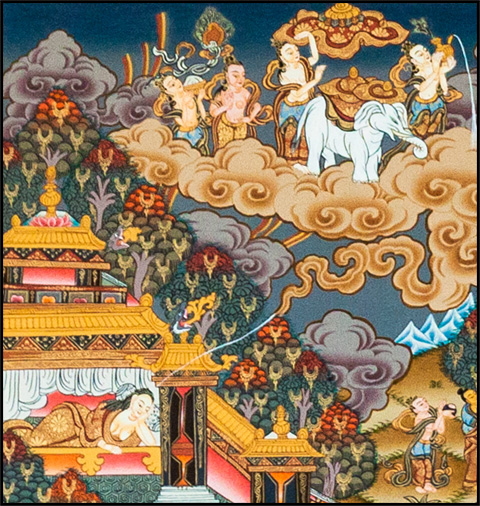
Princess Mayadevi dreaming the white elephant
The elephant is also symbol of strength and intelligence and his color is associated to the gray clouds that carry the rain able to give life to the soil. So the white elephant, in this allegory, is an emblem of fertility and at same time of immaculacy.
3. The Birth of Buddha.
After ten months of pregnancy Maya Devi went to her father’s kingdom and deliver the baby with the assistance of her mother. However on the way to her childhood home, she decides to stop in a beautiful garden in Lumbini and take a rest underneath a blossoming sala tree.
The story says that Buddha was born from her mother’s right side while she was standing grasping a branch of the tree.
This peculiar position assumed by Maya Devi influenced the female iconography all over Asia. The sinuous gesture is been adopted by traditional dance choreographic and inspired several generations of artists.
The depiction of the event also shows the presence of the Hindu gods Indra and Brahma at the time of birth.
Buddha was immediately able to walk. In fact he took seven steps forward and at each step a lotus flower appeared on the ground.
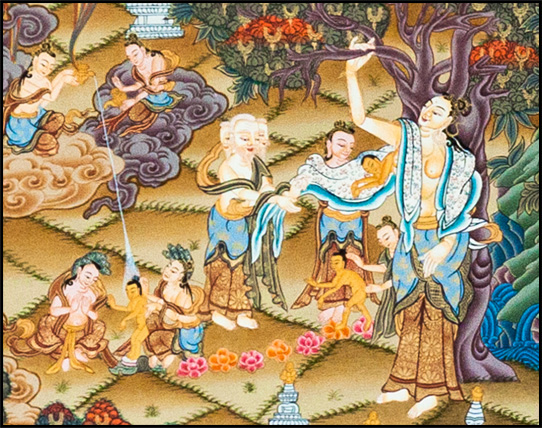
The birth of Buddha
He was named Siddhartha Gautama. In Sanskrit Siddhartha means ” the One who achieves his goal”.
The princess Maya Devi will die seven days after Buddha was born.
4. Buddha’s early years and his wordly life.
Little is known about the early life of prince Siddhartha.
Because his father had been warned that the boy might abandon his palace and his royal destiny to follow a spiritual path, the young Siddhartha lived a comfortable and sheltered life. He received the finest education and mastered all lessons taught to him. In his younger years he also excelled in sports, particularly riding the horse and with the bow.
He had the reputation to be also physically extraordinary attractive.
When he came of age and assumed royal duties, prince Siddhartha became a true man of the world and had a retinue of many queens and attendant ladies.
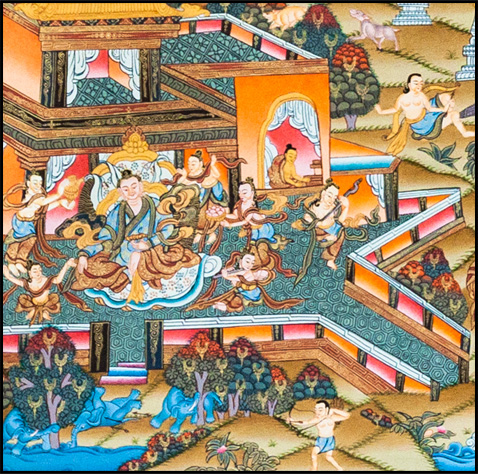
Young prince Siddhartha in the palace
In the second part we explore the episodes that led Siddhartha to start his ascetic life and his quest for a solution to human suffering.

Art and Monuments One Year Later. Rubin Museum #HonorNepal
The following is a brief video tribute to the Nepalese cultural heritage in honor of the anniversary of the 2015 Earthquakes.
For more information about the Rubin Museum of Art, including the Honoring Nepal installation and gallery programs, please visit rubinmuseum.org

Happy 2016!
BEST WISHES FROM ALL OUR TEAM OF ARTISTS
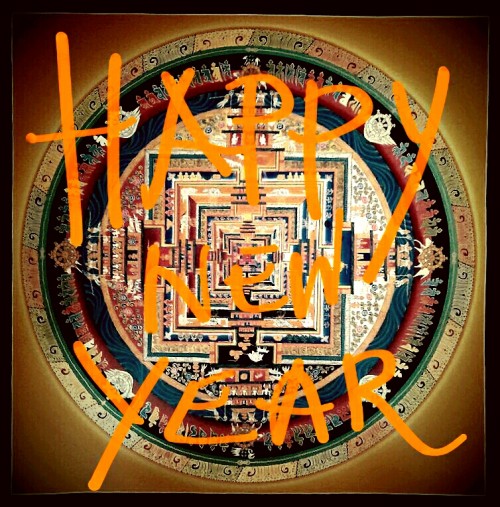
End of 2015 in Nepal: Blockade and Aftershocks.
Eight moths ago a devastating earthquake changed the life of many here in Nepal.
Even if our school and workshops were severely damaged we tried our best to help who lost everything and suffered more this disaster.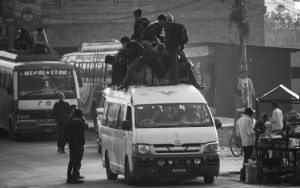
We shared this effort with the help of volunteers and donors from all around the world and this was possible also thanks to the contribution of our customers and friends.
During the following months many of our artists had to go to their villages to assist their families and try to fix their houses as they could.
Both these difficulties and the psychological implications of personal traumas, slowed down our work with the orders and we are truly sorry for the long delays.
Today the earth is still shaking (almost weekly) our damaged buildings but, sadly, this is not the only concern that people are fearing at this time.
In fact, since almost three months now, we have been facing an even more critical situation because of the blockade to the import of gas, petrol and other goods from India.
This is severely affecting the economy of the whole country, especially small business like ours, but majorly the people that are still in a very precarious conditions and who cannot afford to buy goods on the black market at a price 4 or 5 times higher.
Very little has been reported by the international media about the current crisis in our country and how the blind political game between the Indian and Nepali governments is effecting our daily life.
From an article of Associated Press posted few days ago:
The blockade of a key border point with India is leaving Nepal with only about 15 percent of its normal supply of gasoline, diesel and cooking fuel, and creating shortages of other goods including food and medicine.
Since most of Nepal’s imported goods flow through India, many businesses are being squeezed by the blockade. They are having a tough time paying rent, utility bills and employee salaries.
Because of these difficulties we decided to use our small resources to take care of our team of artists, especially our young students that we host in our school.
In fact, because of the cold temperatures at night here in Changunarayan and damages in the structure, we cannot use the school at this time and we decided to arrange a better accommodation for them.
At the same time we are trying to help also our master artists and their families, and the contribute of our customers is really important for them.
We hope that this blockade will end soon and with it the humanitarian crisis that many are facing. This would help our small business and school as well.
Again we apology for the delays.
Thanks for your patience, support and understanding.
Blessing
The team of TraditionalArtOfNepal.com
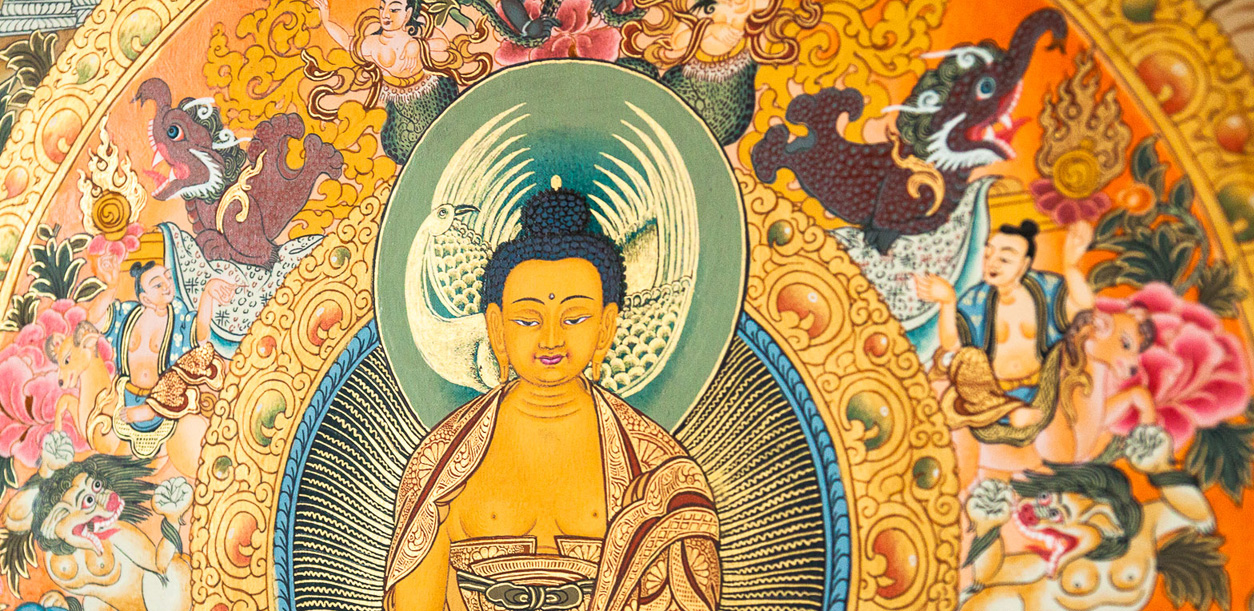
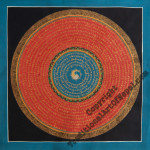 Triple Yin-Yang Mandala
Triple Yin-Yang Mandala 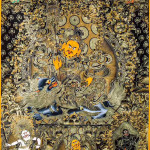 Five Jambhala Thangka
Five Jambhala Thangka  Universe Om Mandala
Universe Om Mandala 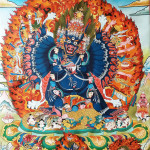 Vajrabhairava
Vajrabhairava 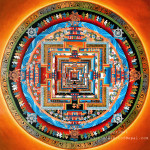 Kalachakra Mandala
Kalachakra Mandala  Samatha Meditation Thangka
Samatha Meditation Thangka 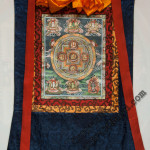 Silk Frame #02
Silk Frame #02 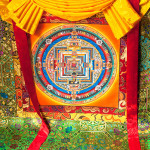 Modern Design Brocades
Modern Design Brocades 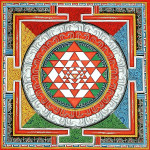 Sri Yantra Mandala
Sri Yantra Mandala 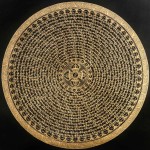 Yin Yang Mantra Mandala
Yin Yang Mantra Mandala 





